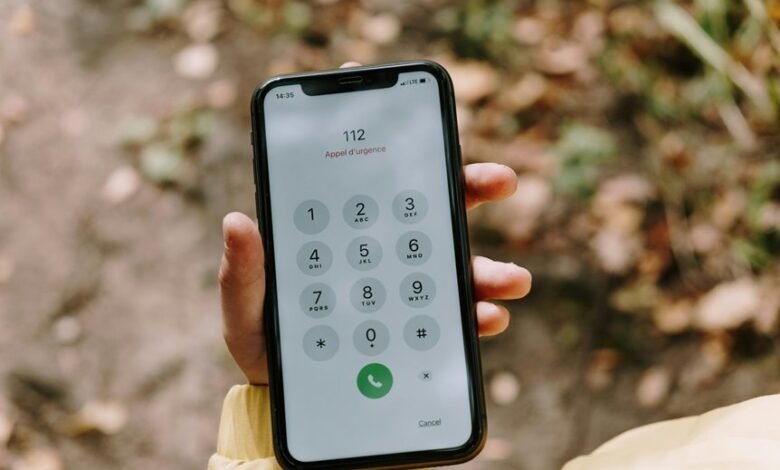3313931 Emergency Call Completion Metrics

Emergency call completion metrics are crucial for assessing the performance of communication systems in urgent situations. These metrics reveal the efficiency of call handling and highlight areas requiring improvement. High call drop rates present significant risks to public safety, prompting an urgent need for effective strategies. Understanding the underlying components of these metrics can lead to vital enhancements in emergency response. However, the implications extend beyond mere statistics, warranting further exploration.
Understanding Emergency Call Completion Metrics
While the significance of emergency call completion metrics may be understated in broader discussions of public safety, they play a crucial role in evaluating the effectiveness of communication systems during crises.
These metrics directly influence emergency communication strategies and highlight call reliability. Understanding these metrics enables stakeholders to identify weaknesses, ensuring that citizens can access timely assistance when faced with urgent situations.
Key Components of Call Completion Rates
A comprehensive understanding of call completion rates hinges on several key components that influence their effectiveness.
Primarily, call volume plays a significant role; higher demands can strain resources, leading to failures.
Additionally, network reliability is crucial, as it determines the ability to maintain connections during peak times.
Together, these factors shape the overall efficiency of emergency communication systems, ultimately affecting public safety outcomes.
Implications of Call Drop Rates on Public Safety
Although call drop rates may seem like a technical issue, their implications for public safety are profound and far-reaching.
High call drop rates can severely hinder emergency communication, leading to delayed responses during critical situations. This jeopardizes lives and undermines trust in emergency services.
Addressing call drop issues is essential to ensure reliable communication channels that uphold the fundamental right to safety for all citizens.
Strategies for Improving Emergency Response Efficiency
Enhancing emergency response efficiency requires a multifaceted approach that integrates technology, training, and community engagement.
By optimizing resource allocation, agencies can minimize response time and ensure that personnel are strategically deployed.
Implementing advanced communication systems and regular training exercises fosters preparedness, while community involvement enhances awareness and cooperation.
Together, these strategies empower responders to act swiftly and effectively in critical situations, ultimately saving lives.
Conclusion
In conclusion, the 3313931 Emergency Call Completion Metrics are crucial for assessing the efficacy of emergency communication systems. With studies indicating that up to 30% of emergency calls can experience connection failures during peak times, the impact on public safety is profound. Such statistics underscore the urgency for continuous monitoring and improvements in call completion rates. By addressing these challenges, emergency services can enhance their reliability, ultimately reinforcing public trust in their ability to respond effectively during critical situations.





